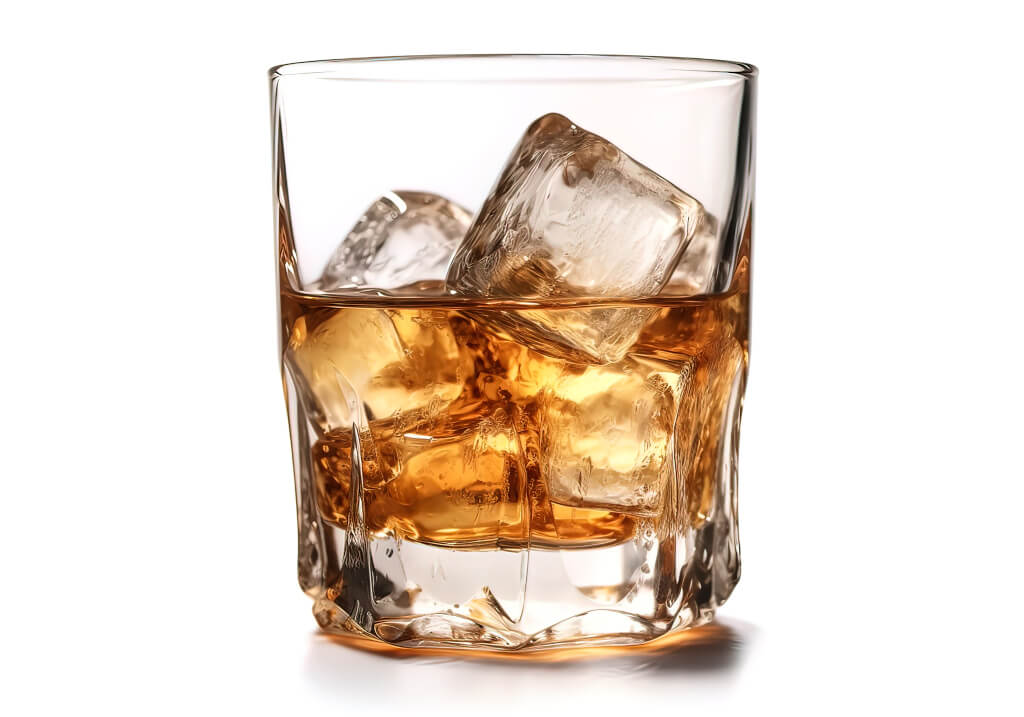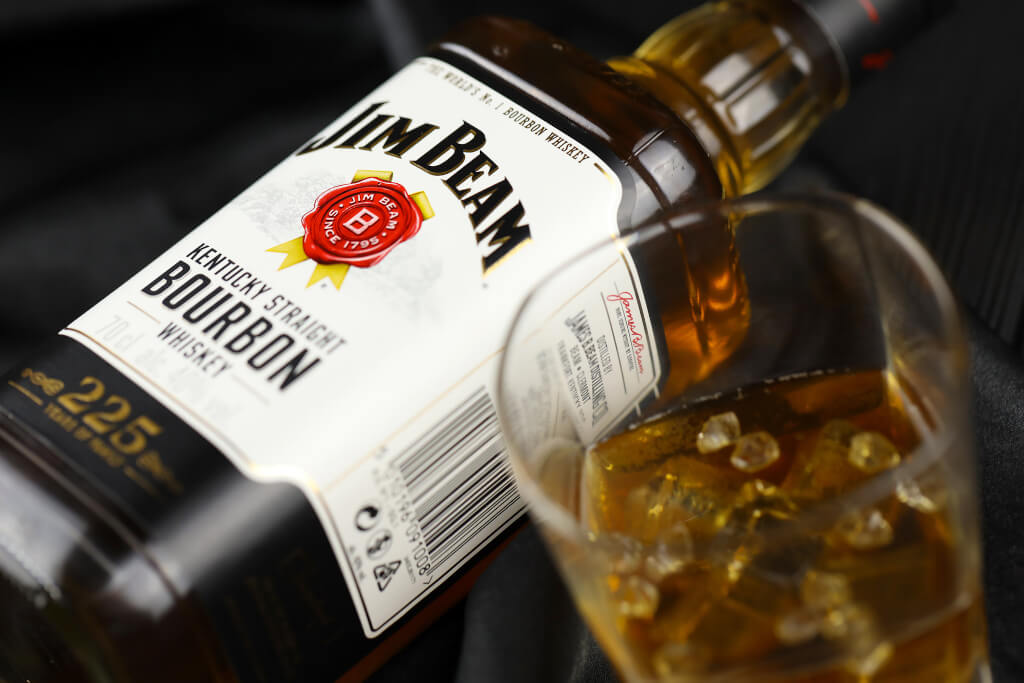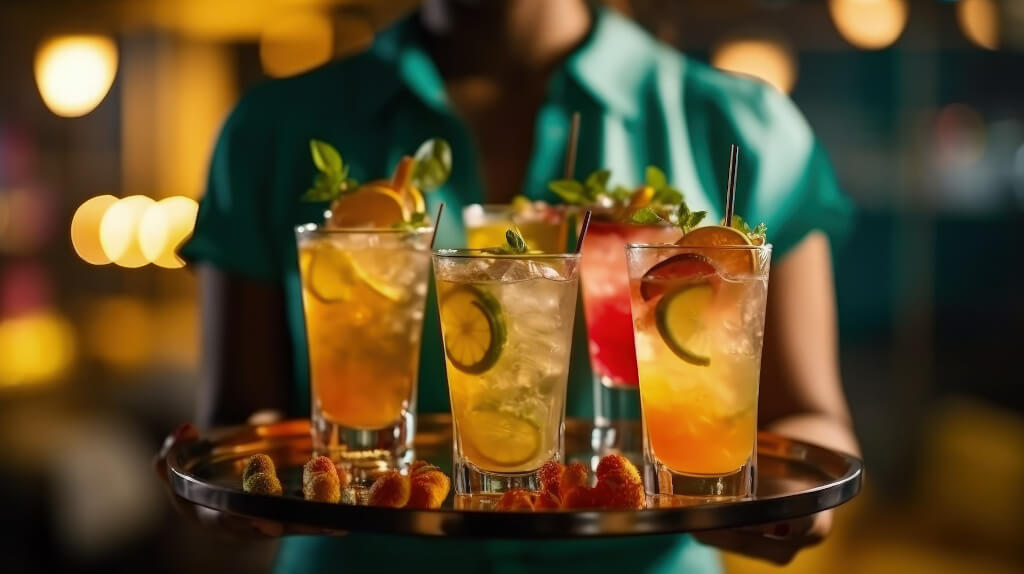The origins of rye whiskey may be traced back to the early colonial era in North America when enterprising immigrants used the grains they had access to create a strong, delicious spirit. Over time, its distinctive qualities helped it become a staple in the distilling cultures of the United States and Canada. This hardy liquor almost died out during Prohibition, but it has since made a stunning comeback, earning its position back among the most prestigious whiskies in the world. The more we learn about the distinct flavour profiles of rye whiskey, the more we can appreciate and enjoy this magnificent drink.
The roots of rye whiskey exhibit the hallmarks of the perseverance and inventiveness of early American and Canadian settlers, weaving together historical and cultural threads into a fascinating tapestry.
The Importance of Recognising Rye Whiskey’s Distinct Flavour Profiles
Understanding what makes rye whiskey special requires delving into the nuances of its flavour profile. This allows us to fully appreciate its nuanced character and unique flavour profile within the whiskey family. Join us on our adventure as we explore the complex world of rye whiskey and learn about the elements that give it its unique flavour.
Rye Whiskey Dissected
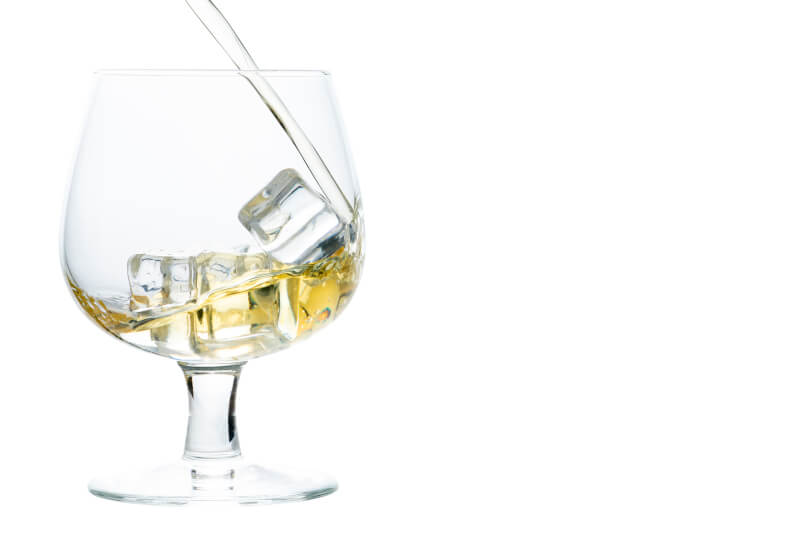
Grasping the Fundamentals
Rye whiskey, at its most fundamental, is a distilled liquor whose primary grain ingredient is rye. Rye, a grass linked to wheat and barley, gives the whiskey a unique flavour. The grain’s resilience and its deep, peppery flavour profile make it a perfect component in whiskey.
Differences between Rye Whiskey from the United States and Canada
Canadian and American whiskies may both be called “rye,” but that’s about where the similarities end. At least 51% of the grain in American rye whiskey must be rye, and it must be distilled to no more than 160 proofs (80% ABV) before being matured in new, charred oak barrels. However, Canadian rye whiskey has no minimum rye content regulation, therefore it is frequently softer and lighter than American rye whiskey.
Regulations and Standards for Rye Whiskey
Other than the grain content standards, rye whiskey has to meet other regulatory specifications. In the United States, for instance, rye whiskey can be called “straight” if it has been aged for at least two years and has not been blended with any other spirits.
The Distinctive Features of Rye Whiskey
Now that we know how rye whiskey is made, we can focus on its taste. Rye whiskey’s flavour and aroma come from several sources, including the grain and the ageing procedure.
Examining the Common Rye Whiskey Flavours
Rye whiskies have a reputation for being bold and peppery. You might pick up on hints of spice like pepper, cinnamon, or nutmeg, along with some light fruitiness and a hearty, grain-forward personality. Rye’s complex flavour is achieved when its robust spice is paired with a complementary sweetness.
When Compared to Other Whiskies, Rye Stands Out
Rye whiskey is typically spicier and more aggressive than bourbon, which is primarily made from corn and has a sweeter, fuller-bodied character. Rye whiskey is easily distinguished from Scotch whiskey due to its grain-forward and spicy flavour, while Scotch whiskey can range from smokey and peaty to light and flowery depending on the area.
The Importance of Rye Whiskey’s Ageing Process on Its Flavour
The flavour of rye whiskey is heavily influenced by its length of ageing. The alcohol took up some of the wood’s flavour and fragrance constituents as it matured in charred oak barrels. Whiskey’s peppery rye grain profile can be enhanced by the addition of vanilla, caramel, oak, and even undertones of smoke from the wood as it ages.
Learning how rye whiskey is made is like getting an exclusive look at the operation. By learning each step of the process for producing rye whiskey, one can develop a deeper respect for the artistry involved and a better understanding of how each component contributes to the overall flavour.
The Step-by-Step Process Flow for Making Rye Whiskey
The first step in making rye whiskey is called mashing, and it involves combining pulverised rye grain with warm water to convert the grain’s carbohydrates into sugars that may be fermented. After the sugars have been added, fermentation can begin by adding yeast to the mixture (now called mash). The “wash,” as the resulting liquid is called, is next distilled to extract as much alcohol and flavour as possible from it. To keep the grain’s original flavour in American distillates, the alcohol content can’t be more than 80%. Last but not least, the spirit is matured in new, charred oak barrels, which adds depth of colour and a variety of flavours.
The Effect of The Production Method on the Characteristics of the Finished Product
The final flavour of rye whiskey is heavily influenced by each stage of its manufacturing. In the case of whiskey, for instance, a longer fermentation period typically results in a more robust and diverse flavour profile. The intensity of the grain character is affected by the distillation strength, and the ageing process can add vanilla, caramel, oak, or spice notes, among other flavours, depending on how long it is aged and the degree of char on the barrels.
Brands of Rye Whiskey That Have Made History
Despite the wide variety of rye whiskies available, a few brands have stood out for their consistency in quality and flavour over the years. Each of these labels brings something special to the table in terms of rye whiskey, adding to the multifaceted nature of this spirit as a whole.
- WhistlePig is a well-known brand of premium rye whiskey, revered for its age-matured, flavorful whiskies that pack a punch.
- The Sazerac Company, situated in New Orleans, makes this famous straight rye, which is recognised for its robust and spicy flavour.
- Lot No. 40 is a Canadian rye whiskey produced in a copper pot still, giving it a strong and rich spirit recognised for its high rye grain content.
A Guide to Appreciation

There’s more to enjoying a glass of rye whiskey than just drinking it. Certain methods and knowledge of complimentary food pairings can further elevate the experience.
Take Note of the Hue
Whiskey’s colour, which changes with age and the sort of cask it was stored in, can be appreciated by holding the glass up to the light.
Take in the Scent
Take a deep breath and enjoy the aromas as you slowly swirl your glass. The distinctive rye spice should be present, along with any other flavours that may have developed during ageing.
Sip it slowly and feel the whiskey spread across your tongue and inside your mouth. Examine the nuances of the flavours and see if you can name them.
Finish
The finish, or aftertaste, can tell you even more about the whiskey’s complexity, so don’t ignore it.
Differentiating Traits and Profiles of These Chosen Products
WhistlePig
This distillery is well-known for its matured rye whiskies, which are robust and nuanced with flavours like caramel, wood, and spices. A perfect example of their skill is their 10-Year Straight Rye.
Sazerac
The Sazerac brand of rye whiskies epitomises the American rye style, with bold, spicy flavours, a touch of sweetness, and a citrusy aftertaste. Their iconic Sazerac Straight Rye is a must-try.
Lot No. 40
This is an exceptionally delicious rye whiskey that features a character dominated by rye grain spice, black fruit, and a hint of sweetness. Its distinct and genuine rye flavour is the result of a novel production process.
Foods to Eat with Rye Whiskey
Rye whiskey’s complex flavour profile makes it a versatile beverage. For instance, if you’re serving fatty meats like pork belly or duck, the spirit’s fiery flavour can help cut through the fattiness. The peppery aromas of rye whiskey pair well with sweeter treats like dark chocolate or caramel.
Cocktails with Rye Whiskey
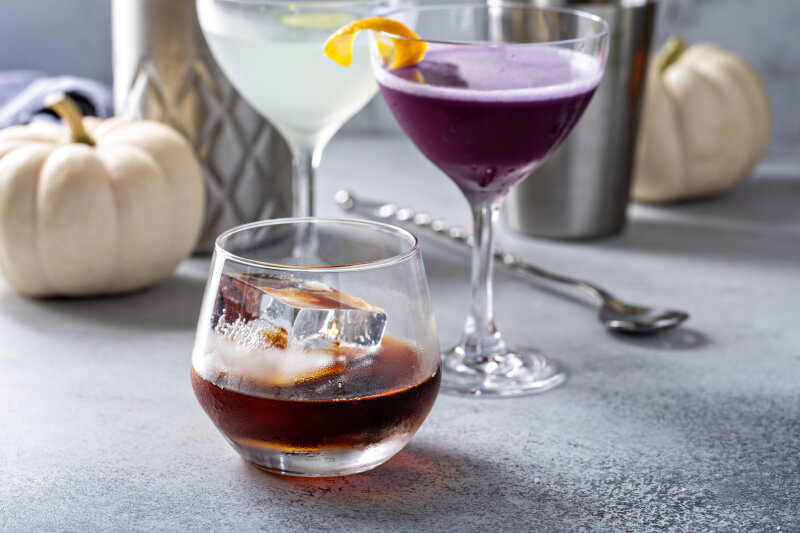
Rye whiskey isn’t just great when consumed neat or on the rocks; it also makes for excellent cocktails. Its unique flavour can enhance the complexity of many cocktails.
The Old Fashioned
The Old Fashioned is a classic whiskey cocktail that combines the spicy flavour of rye with the sugary sweetness of sugar and the bitter depth of bitters.
Manhatten
The Manhattan is a sophisticated cocktail that highlights the powerful flavour of rye whiskey with the help of sweet vermouth and bitters.
Sazerac
The Sazerac is a drink steeped in history and flavour, and it gets its name from the rye whiskey it incorporates. It is made by mixing rye whiskey, absinthe, sugar, and Peychaud’s Bitters.
What Makes These Drinks Better with Rye Whiskey and Why
Rye whiskey’s strong and peppery flavour profile works well in mixed drinks. Its intricacy complements other flavours and components effectively. For example, in an Old Fashioned, the peppery notes of rye can help to counteract the sweetness of the other ingredients. The sweetness of vermouth and the aggressiveness of rye whiskey in Manhattan create a balanced and nuanced drink.
Current Trends and the Industry’s Future
Rye whiskey has had a huge renaissance in the rapidly developing alcoholic beverage industry. Because of this, it has become one of the most fascinating subsets of the whiskey market, with a bright and hopeful future.
Increased Interest in Rye Whiskey
Rye whiskey’s fortunes have improved in recent years, thanks in large part to the boom in demand for craft spirits. Before the 20th century, rye was used almost exclusively to make American whiskey. Rye whiskey has fallen out of favour, but the recent trend in classic cocktails has brought it back into the spotlight.
Where It’s Headed in the Future
In the future, rye whiskey is likely to gain even more popularity. The rising demand for high-quality expressions means that more matured rye whiskies will soon flood the market. Further variation in rye whiskey flavours could result from experimenting with different rye cultivars and ageing methods.
Characteristics Specific to Rye Whiskey and the Varieties Produced
The grain used, the distillation process, and the ageing period all contribute to rye whiskey’s signature spicy flavour. There is a world of difference between, say, a Canadian rye whiskey and a powerful American rye whiskey.
Rye whiskey, as we’ve seen, is a vibrant and flexible spirit that offers a lot. Its recent resurgence in popularity shows that this spirit remains popular with consumers. There’s no time like the present to start exploring rye whiskey and learning about its singular allure. Here’s hoping your travels are as fruitful and fulfilling as the energy within you.


